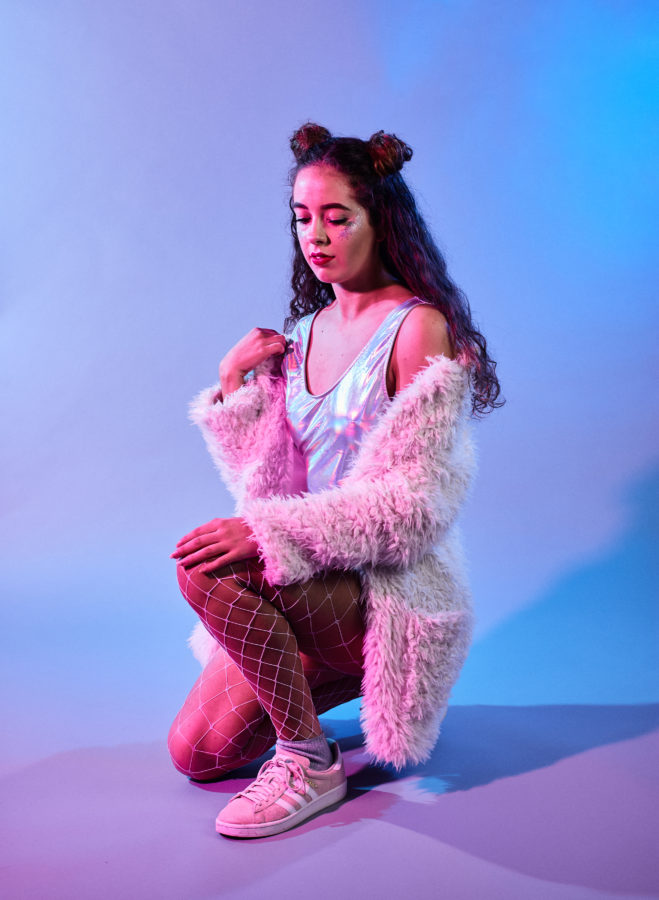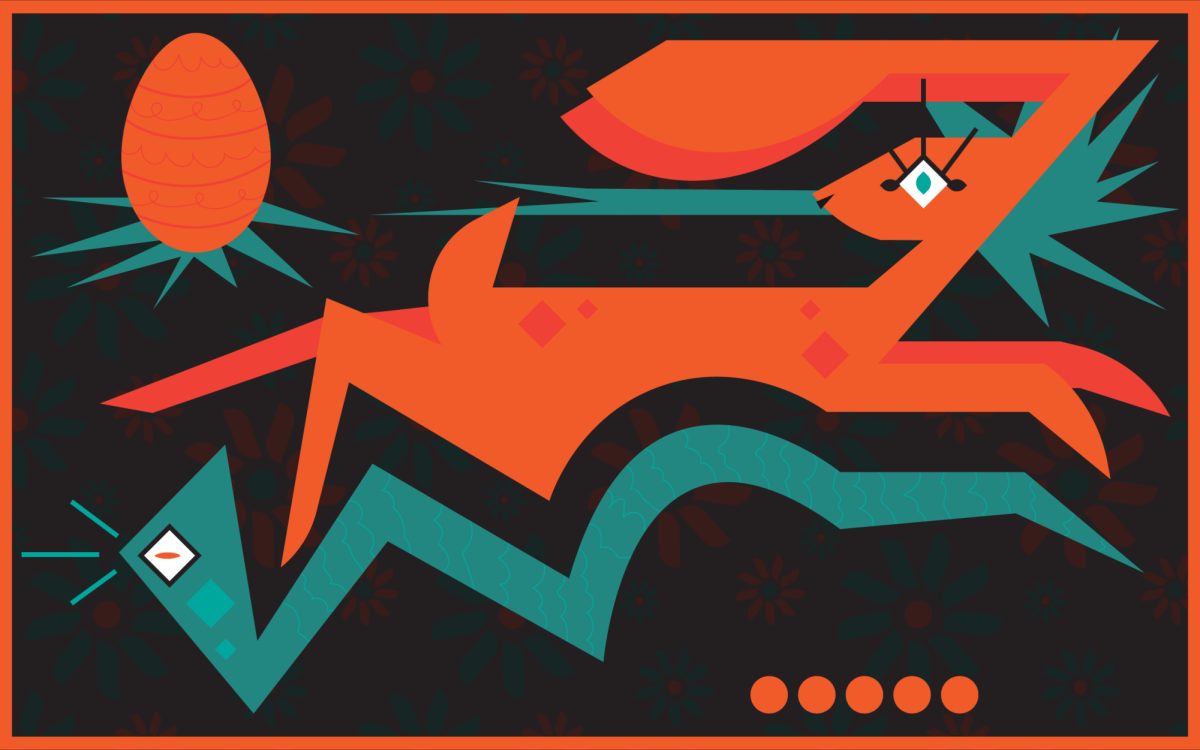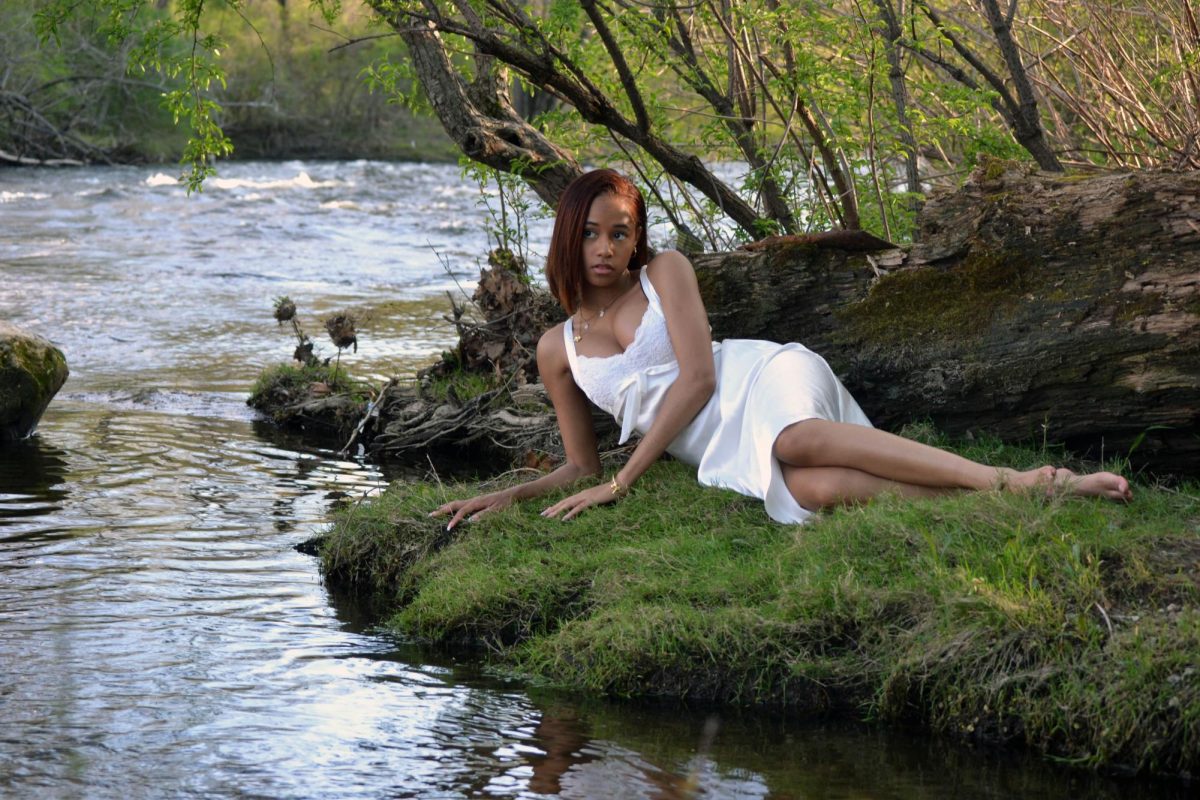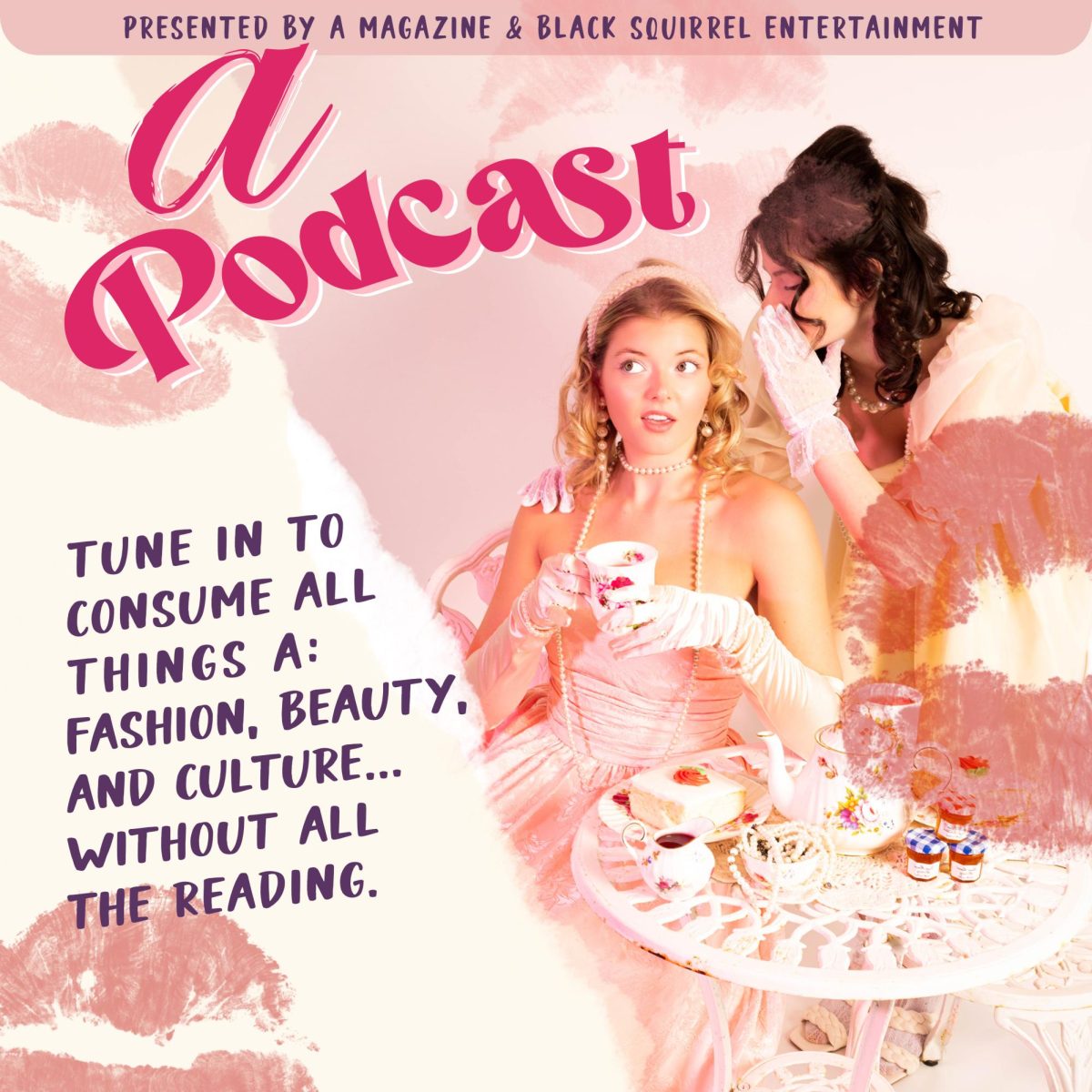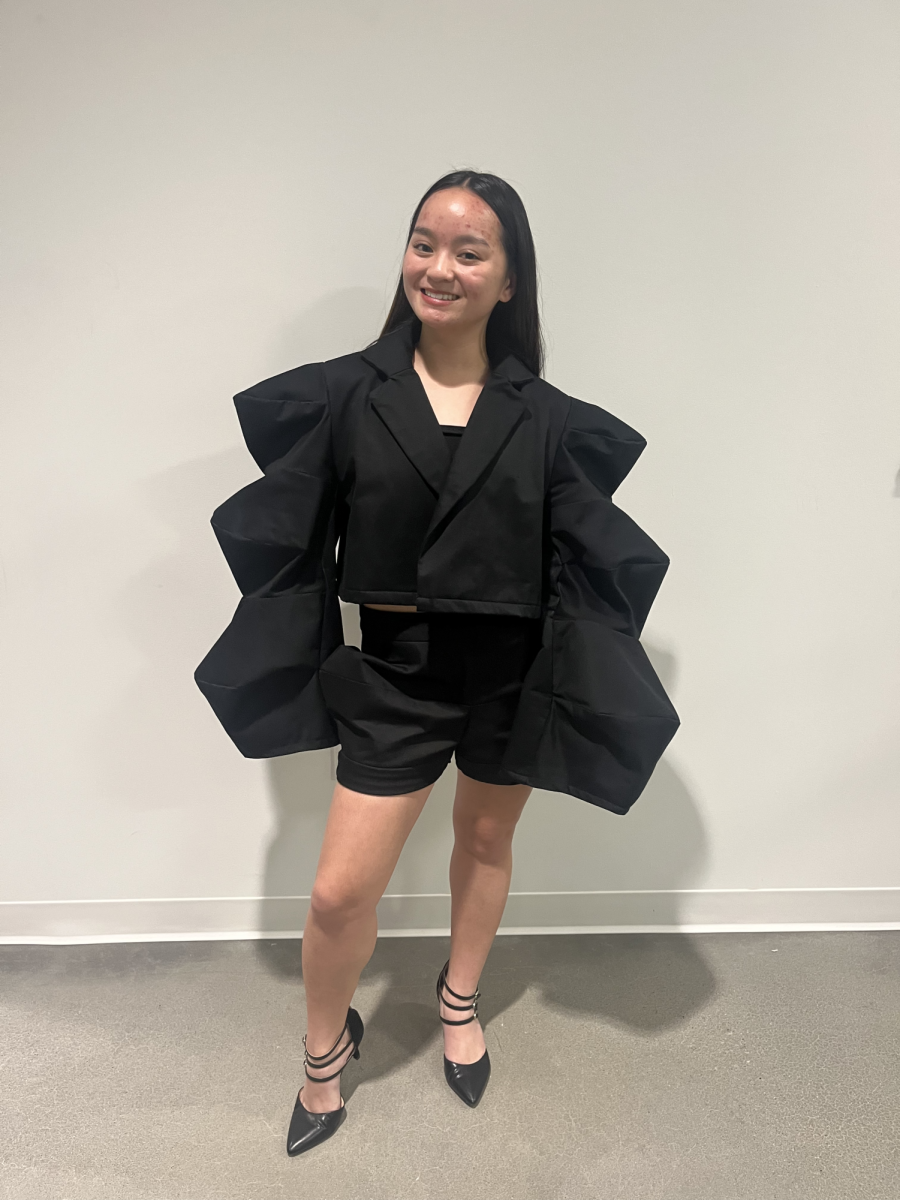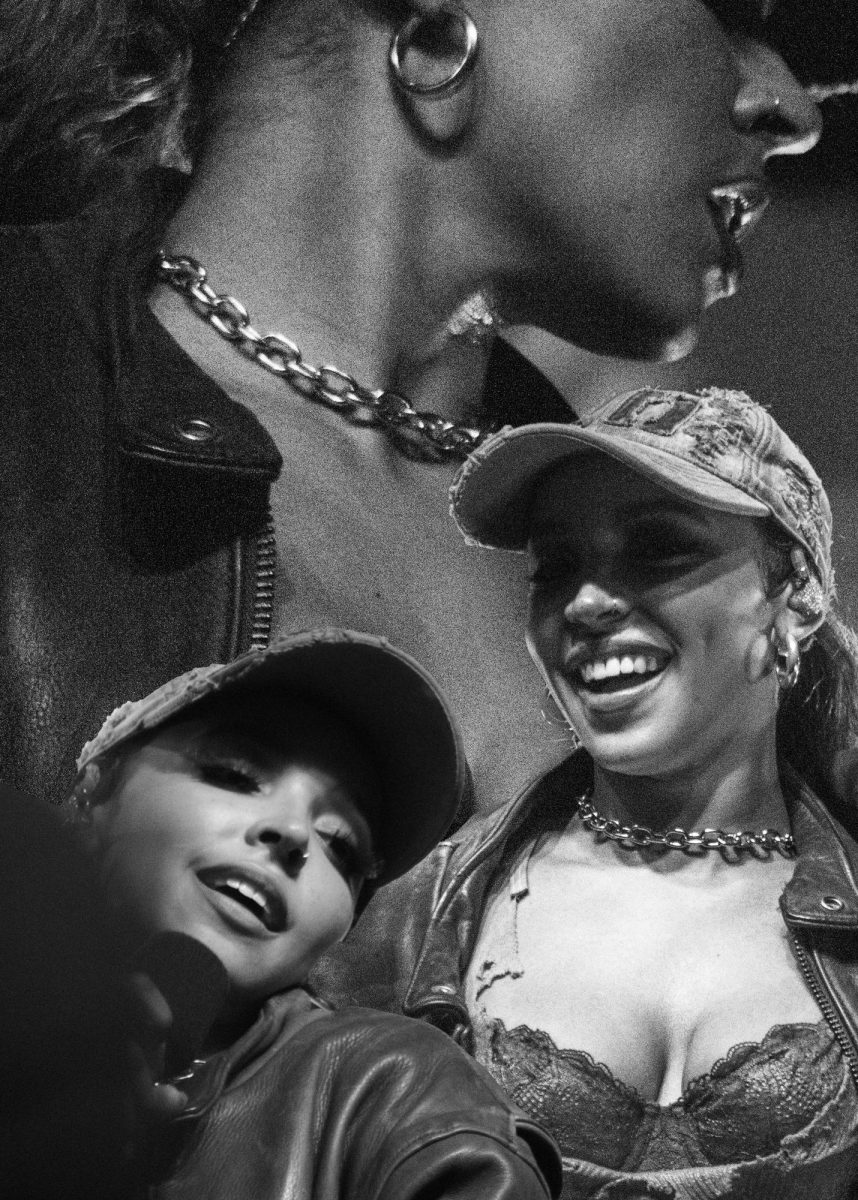 There are many elements contributing to the creation of a fashion style. Current events, public figures and entertainment all play a huge role. One factor in particular, music, can evolve a fashion trend into an entirely new subculture. Today, we’re talking rave culture.
There are many elements contributing to the creation of a fashion style. Current events, public figures and entertainment all play a huge role. One factor in particular, music, can evolve a fashion trend into an entirely new subculture. Today, we’re talking rave culture.
A rave is an electronic dance music (EDM) concert. These events include light shows with fog machines, visual effects, strobes and other colorful lights to enhance the experience of the music.
Rave culture has gotten a negative stigma in the past, mostly due to the belief every person who raves also does drugs (not everyone does). It can look like a bunch of people dancing their MDMA high away in colorful and revealing attire. In fact, a study finds that “use of illegal drugs other than marijuana was about 20 percent higher among teenagers who attend raves, compared to those who don’t.”
However, there can be a lot of meaning behind why ravers dress and act the way they do. A Magazine spoke to an avid raver to get the feel on what’s really trending in this music subculture.
Eden Kraus, a junior public relations student, has been attending EDM concerts and festivals for almost three years.
At first, Kraus did not know how she felt about rave fashion. She got into the culture after her boyfriend introduced her to the music genre. From hearing the music during car rides and parties, she began to do her own digging.
“I thought it was a bit wild,” Kraus says. “It often consists of very colorful or glittery clothing. And I thought that looked fun but never pictured myself wearing it.”
Her thought processes changed with the number of shows Kraus began attending. Now, she says her go-to outfit consists of a bodysuit with shorts, fishnets and glitter.
“I always finish a look by putting glitter on my cheeks,” Kraus says.
Rave fashion has its history of being colorful and expressive. From fuzzy leg warmers that took off in the ‘90s, to neon everything, every piece worn is done to make a statement that the wearer is different from the crowd.
The current look takes cues from mainstream fashion with a little more drama. Kraus says she’s noticed an increase in rave attendees wearing fishnets and bodysuits. Holographic and iridescent materials are also popular. Ravers may also wear diffraction goggles or face masks (perhaps even Kandi face masks) to accessorize.
“Most people ditch jackets and jeans for the night because it can get pretty hot in the crowd,” Kraus says. “It’s all about expressing yourself, but also staying comfortable while you’re dancing all night.”

A large part of the rave that combines fashion with culture is the concept of ‘kandi’ beads. Kandi, as defined by LA Weekly, are “bracelets made of multicolor plastic beads, often with words and phrases strung into the bracelet’s pattern.”
Ravers will stack these bracelets on their arms. The accessories are usually not meant for keeps. Instead, you make them to give away in a little ritual known as “PLUR.”
“PLUR is an acronym for peace, love, unity and respect,” Kraus says. “It’s meant to promote positivity and being a kind person, especially to others at shows.”
To properly give a bracelet to someone, one must engage in a complicated handshake. First, touch peace signs together. The next symbol is two halves of a heart for love. Unity is represented in hands meeting, and finally, they clasp together for respect. During the respect gesture, one trades the bracelet from one arm to another.
“It’s just a fun way to spread love to one another, and it acts as a memorable souvenir as well,” Kraus says.

